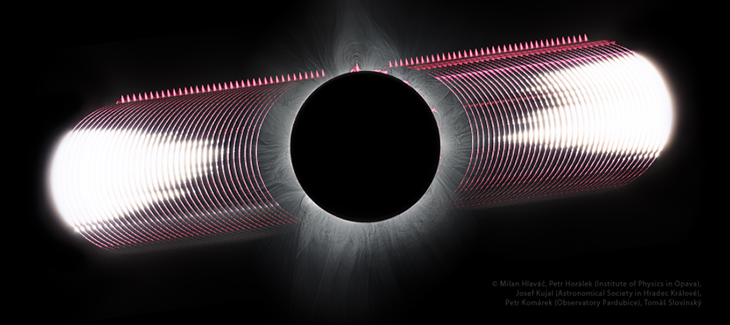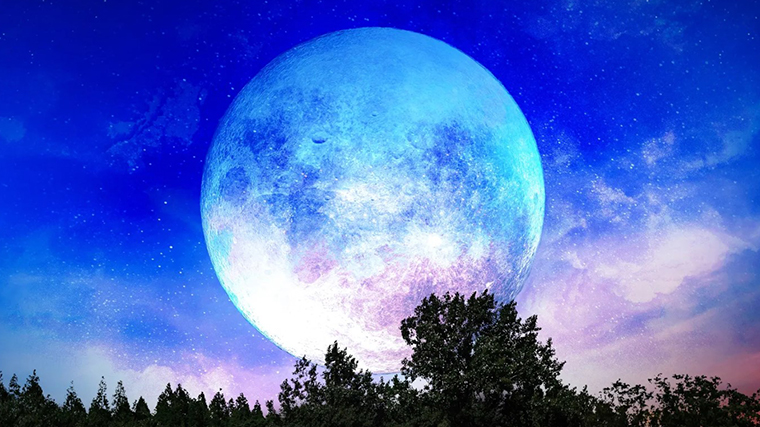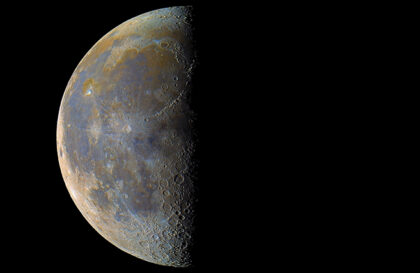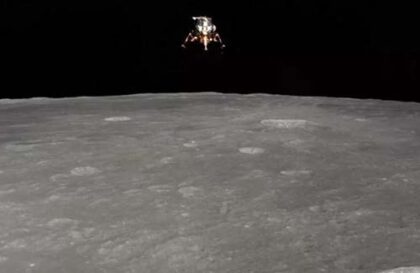The second eclipse season in 2023 will occur in October. An annular solar eclipse will be on October 14, and a shallow partial lunar eclipse on October 28.
Eclipse seasons are about 35 days, during which at least two eclipses occur. There are usually two eclipse seasons, providing at least four yearly eclipses. Seasons repeat approximately every 173.3 days (about six months).
The April-May 2023 eclipse season included a hybrid solar eclipse on April 20 (visible in Australia and Indonesia) and a penumbral lunar eclipse on May 5-6 (visible in Europe, Asia, Australia, etc.). The October season features an annular solar eclipse on October 14 (North and South America) and a partial lunar eclipse on October 28 (Eastern America, Europe, Asia, and Australia). The midpoints of the 2023 seasons fall on April 24 and October 18, with a seasonal frequency of about 173 days.
To see a lunar eclipse, you need night and a visible Moon. Solar eclipses are rare: total eclipses are visible only from a narrow zone, and partial ones are visible in surrounding areas.
What causes eclipse season?
The eclipse season is one of many celestial cycles. There would be monthly eclipses if the Moon and Earth rotated in the same plane relative to the Sun. However, the Moon’s orbit is tilted 5 degrees to the ecliptic, preventing monthly eclipses. So, in 2023, out of 12 new moons and 13 full moons, only two solar and lunar eclipses will occur.
Eclipses occur due to the Sun, Earth, and Moon interaction when they line up in a specific sequence. There are at least two eclipse seasons per year, each lasting approximately 34-36 days. This is because the angle of inclination of the Moon’s orbit relative to the Earth’s orbit around the Sun (ecliptic) is about 5 degrees. Eclipse seasons occur when the Moon passes through the nodes (the points where the Moon’s orbit intersects the ecliptic).
The moon’s orbit around Earth is inclined 5 degrees to Earth’s orbit around the sun, so the moon crosses the Earth’s orbital plane twice a month at points called nodes. Every 173.3 days, the line of nodes points at the sun, and this is the middle of the approximate 5-week eclipse season (highlighted in gray). During any eclipse season, there is always at least one solar eclipse and one lunar eclipse occurring within one fortnight of the other. If the 1st eclipse arrives early enough in the eclipse season, three eclipses can fit within a lunar month, and up to 7 eclipses occur in one year. Credit: Wikimedia Commons (public domain).
Each eclipse season usually has at least two eclipses: one solar and one lunar, although there may be additional eclipses. Thus, given that there are at least two eclipse seasons throughout the year, there will always be a minimum of four eclipses per year (two lunar and two solar).
This is the minimum number of possible eclipses based on the angle of the Moon’s orbit and its interaction with the Earth’s orbit. However, more eclipses are possible if conditions line up appropriately. In rare cases, three eclipses may occur in one eclipse season rather than two, increasing the total number of eclipses during the year.
Banner image: Earthsky/ image Shaun Tarpley in League City, Texas
Image credit:
https://earthsky.org






